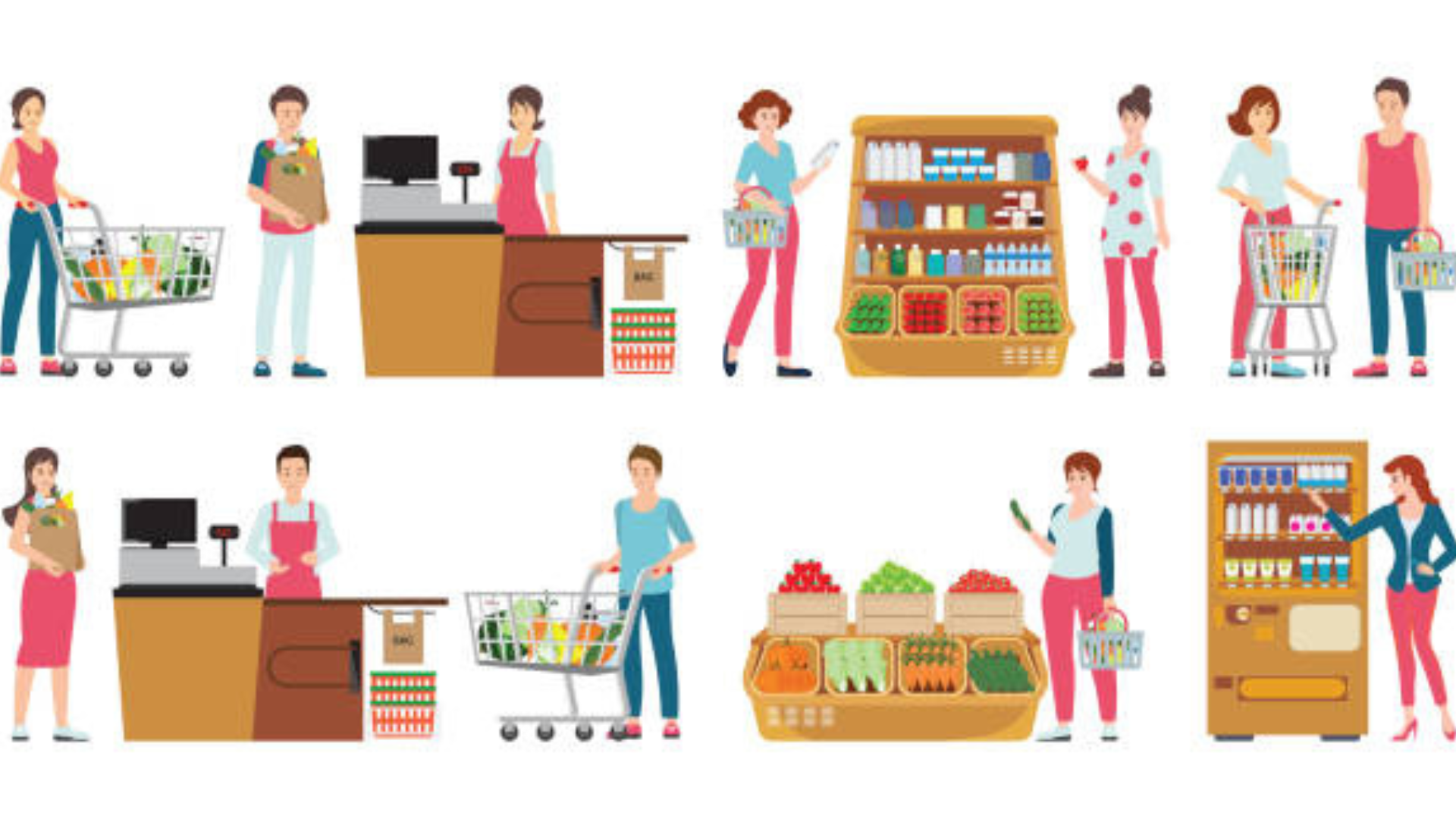Supermarkets are crowded, with all kinds of goods from fresh to dried, so there is a potential risk of disease transmission.

Supermarkets - self-service stores that sell a wide range of items from food, drinks, household appliances and many other household items - may look clean and tidy but are full of bacteria and germs.
With food items, supermarkets concentrate both dry and fresh and frozen foods, so the number of bacteria and mold is not small. Pathogens are concentrated in some locations, so when you go to the supermarket, you should be careful with the dirtiest places below.
When choosing fruits and vegetables, many people have the habit of picking them up, checking and squeezing them to see if they are ripe before deciding whether to buy them or not. This means that many other hands have touched the fruits and vegetables before you. If you go to the supermarket in the afternoon or evening, there are even more people who have checked the item.
According to a study conducted by the environmental organization Reuse This Bag (RTB), products in fruit and vegetable stalls have 3 times more bacteria than toothbrush holders. Therefore, even if the fruits and vegetables purchased from the supermarket have a clear origin, you still need to soak and wash them thoroughly with salt water or vegetable and fruit washing solutions before using them.
CBC's Marketplace (Canada) researched and looked at the amount of germs on freezer doors and found that commonly touched surfaces like freezer doors contain a lot of bacteria and viruses.
Another study found that a piece of gauze on a freezer door handle had 1,235 times more bacteria than the surface of a typical cell phone.
Marketplace research found that shopping cart handles are the second dirtiest surface in the supermarket; they're one of the germiest utensils due to their high contact and turnover.
Despite their best efforts to maintain general cleanliness, supermarket employees often fail to clean all the baskets of groceries that people touch, according to Leann Poston, a consultant for Invigor Medical. Moreover, baskets of groceries are often stacked on top of each other, so customers who arrive later will take them from top to bottom without much choice.
To be safer when picking up your shopping cart, you can put a piece of tissue paper on it and then pick it up; or after going to the supermarket, you should wash your hands with soap. Avoid touching your face or covering your mouth when holding your supermarket cart.
James Sublett, vice president of the American Academy of Allergy, Asthma and Immunology, said in a report that cleaning products contain volatile chemicals that can cause difficulty breathing, sneezing and runny noses. People with allergies are advised not to spend too much time in areas where cleaning products are displayed.
According to a study by Dr. Michael Schmidt, a microbiologist at the University of Southern California School of Medicine, USA, poultry, raw fish and other agricultural products placed on the checkout conveyor belt are very susceptible to cross-contamination. In particular, among them are E.coli, Staphylococcus aureus... which have a very high potential to cause food poisoning.
To ensure safety, these foods should be kept in sealed nylon bags or sealed plastic trays, and should be carefully prepared before eating to ensure safety.
Payment is the final step when you go to the supermarket. Currently, in addition to cash, most supermarkets accept payment methods such as scanning codes, swiping cards through POS machines or card readers with PIN codes. However, according to Marketplace research, these are the two devices that contain the most bacteria in supermarkets because they are rotated from person to person, making it easy for bacteria to accumulate and spread.
These two machines are also not cleaned regularly, so when you go to the supermarket, be careful of these dirtiest places.
TB (according to VTC)